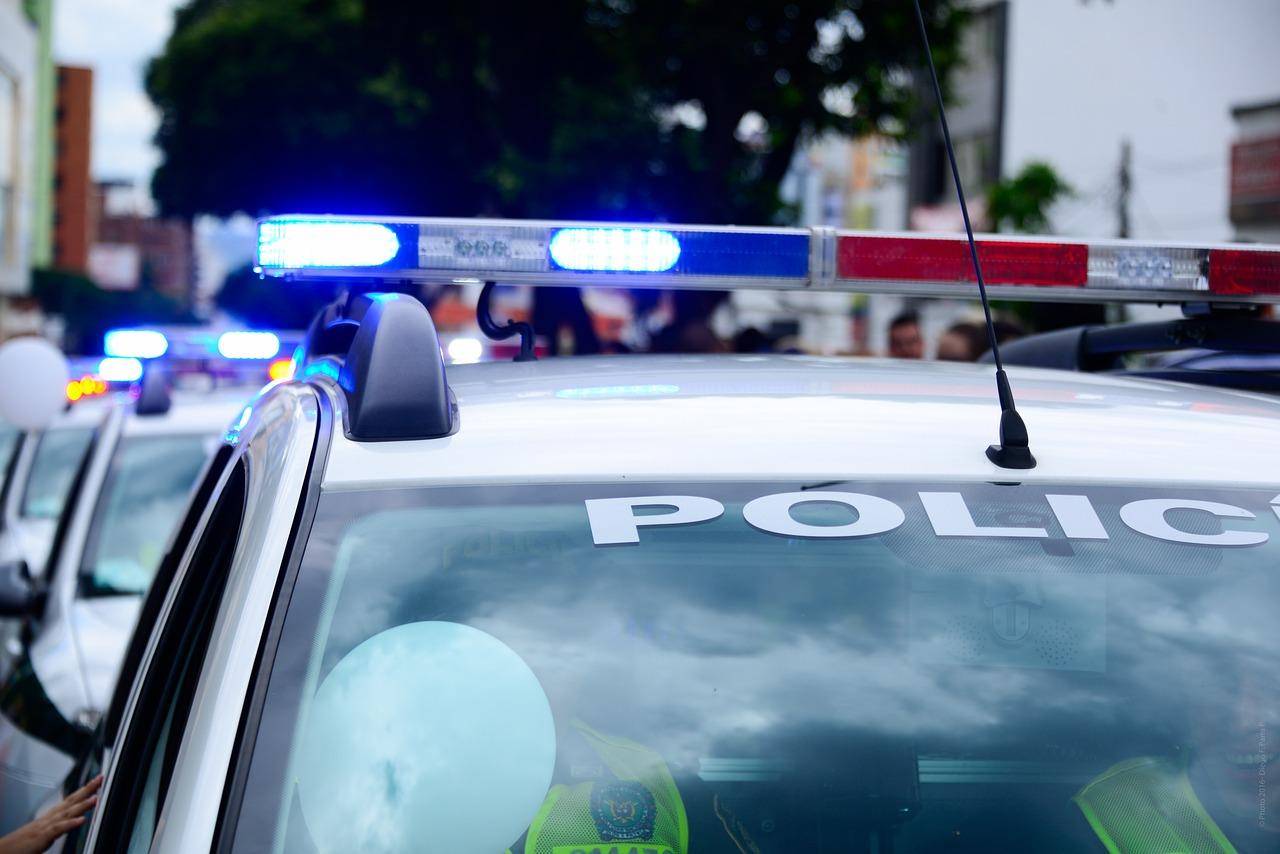DPS reminds Utahns of the consequences of driving after using alcohol or impairing drugs
Press Release
Starting Wednesday, law enforcement agencies are participating in the Drive Sober or Get Pulled Over National Enforcement Mobilization looking for impaired drivers. Utahns can expect an increase in DUI enforcement through Sept. 4. During this time, over 180 extra DUI shifts are being worked by 25 different Utah law enforcement agencies statewide.
The Department of Public Safety (DPS) urges Utahns to drive sober, especially during the busy holiday weekend. In 2022, there were 10,413 DUI arrests in Utah, an average of 28.5 arrests per day. So far, in 2023, there have been 573 alcohol or drug-related crashes and 51 alcohol and/or drug-related fatalities on Utah roads.
“Every incidence of impaired driving is 100 percent preventable if drivers make the choice to act responsibly,” said Robyn LaLumia, Director at the Utah Highway Safety Office. “If you decide to drink or are with someone who is impaired, please arrange a sober ride. The consequences are too severe, so call a friend, use a rideshare, have a designated driver or utilize public transit.”
Male drivers ages 21-29 have the highest number of alcohol and drug-impaired crashes and arrests. DPS wants to remind drivers about the potential consequences of DUIs other than injury and death. These include fines, impound costs, driver license reinstatement fees, mandatory screenings, probation costs, loss of employment, lawsuits, background checks, and inconvenience to family and friends, just to name a few.
To further encourage Utahns to drive sober, DPS will continue its “Defy Death” campaign on social media, TV, billboards and online. The campaign features the Grim Reaper attempting to persuade drivers always to choose a sober ride.
If you see a drunk driver on the road, call 911. Some signs of impaired driving include:
- Drifting during a turn or curve
- Inattentiveness to surroundings
- Swerving or weaving across lanes
- Stopping too far, too short, too jerky and having a slow response at traffic signals
- Driving without headlights on at night
- Varying speed or driving too slow (approximately 10+ mph under the speed limit)
(Source: NHTSA DWI Detection Guide)

